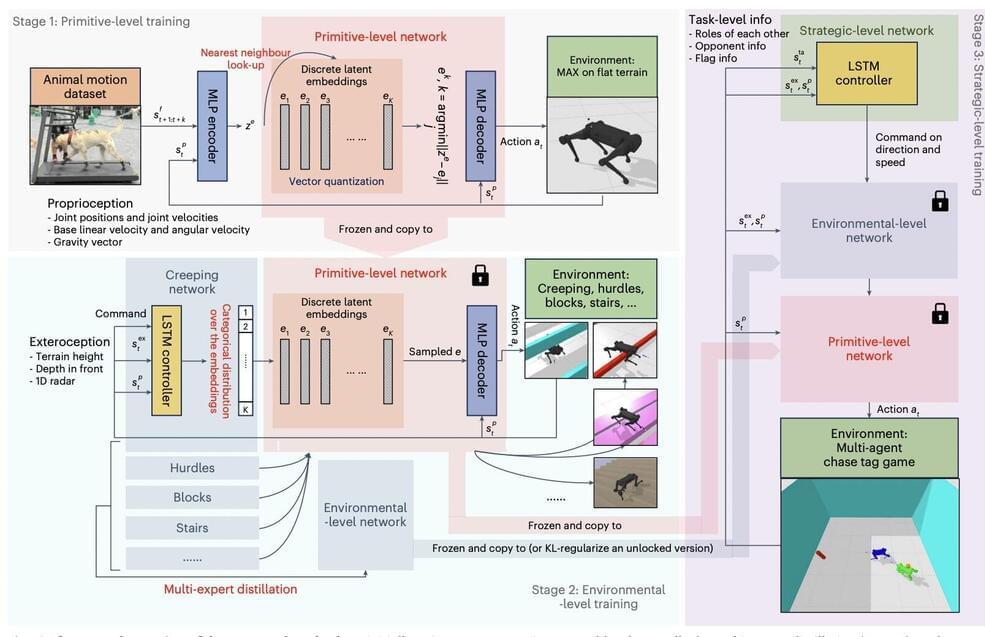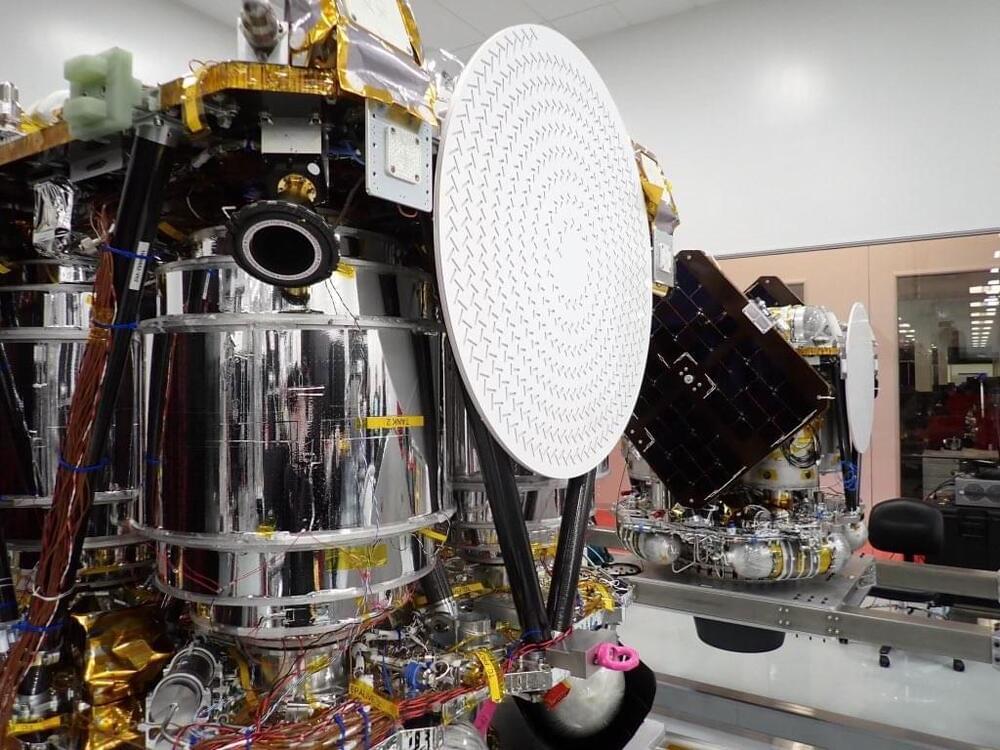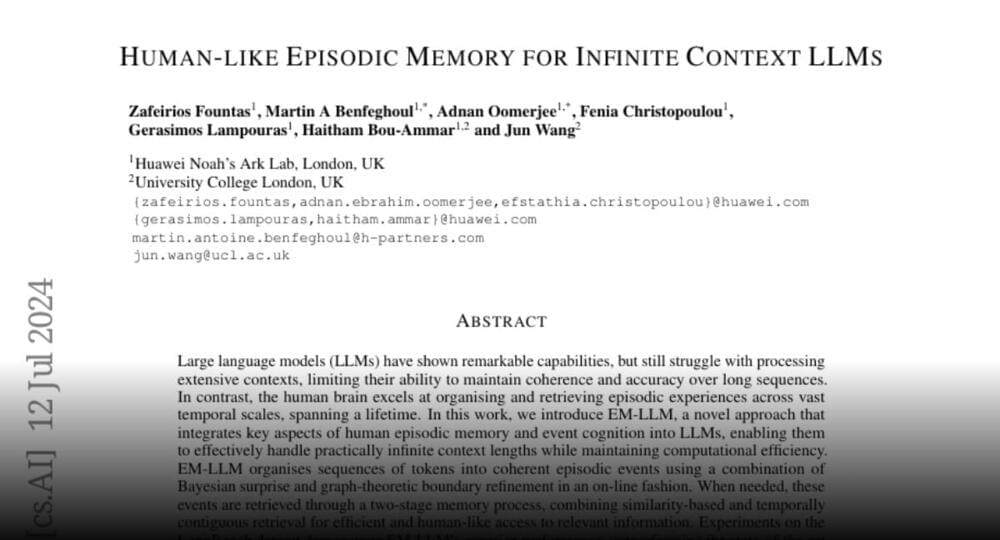Jul 15, 2024
Japan aerospace agency provides details of October data breach
Posted by Genevieve Klien in category: cybercrime/malcode
JAXA has not said who the attackers were, but most cybersecurity observers are pointing the finger at state actors working for China.
“The fact that a space agency was targeted with a sophisticated complex attack indicates a state actor with goals to compromise data, not just gather intelligence or send a political message, with the lead suspect being a China affiliated cyber security private company of some sort,” said Irina Tsukerman, a geopolitical analyst and the president of Scarab Rising, a global strategy advisory firm. “Such an attack is likely the work of either a state-backed independent hacker, possibly part of an intelligence gathering gang, whose methods could potentially be analyzed and compared to prior such attacks, or it could be attributed to a private cybersecurity company, most likely affiliated with China, in which case prior incidents could be harder to detect. The most interesting detail was the description of the attack and the fact that the attacker used several different types of malware and nevertheless went undetected.


















